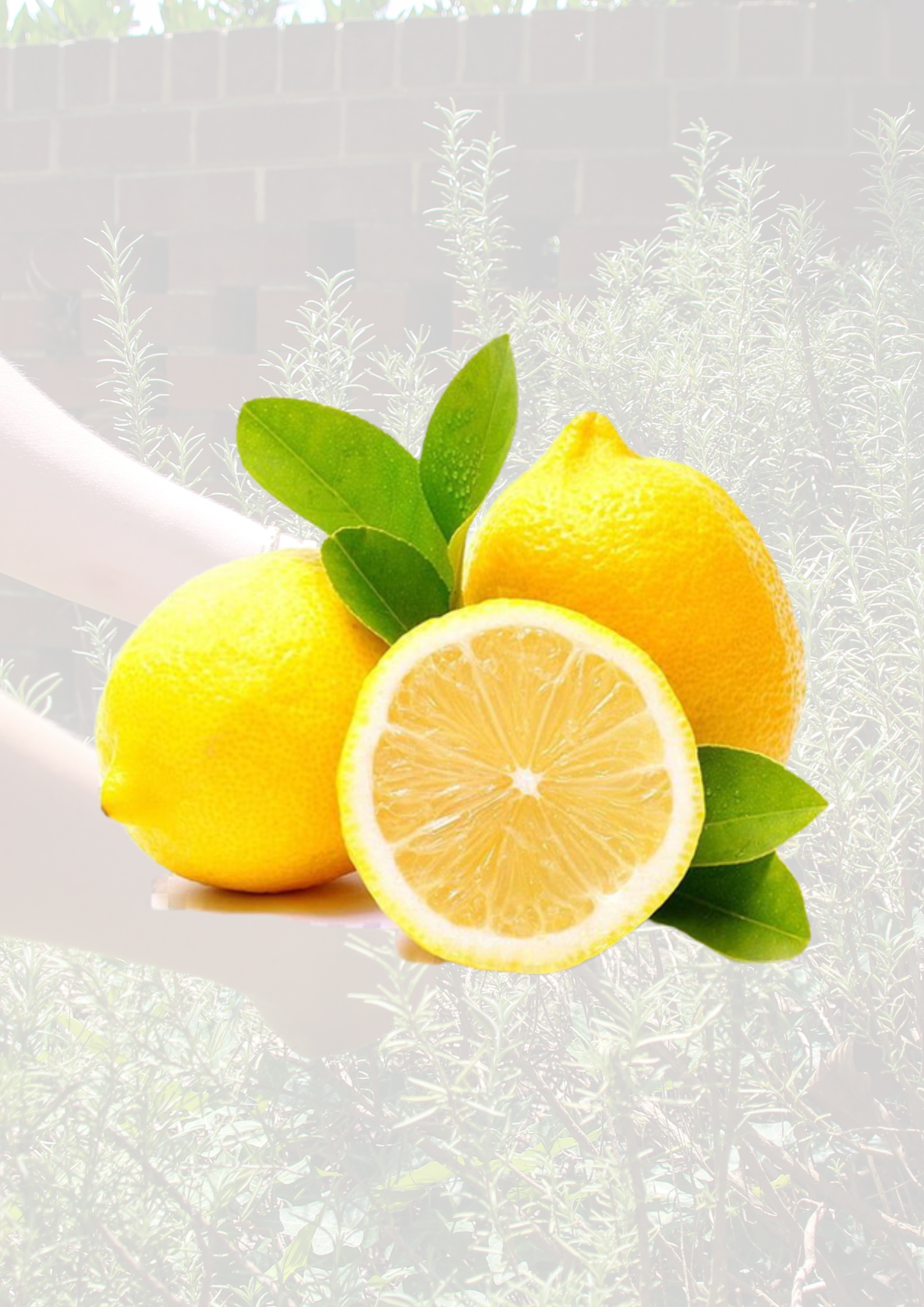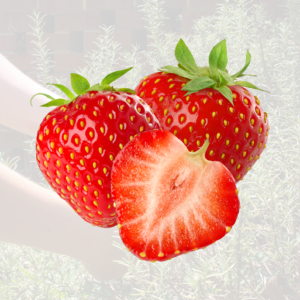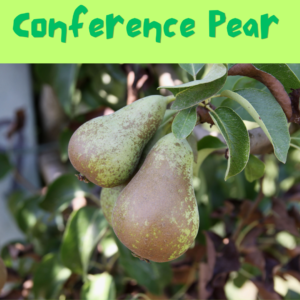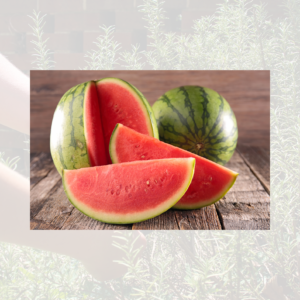Description
🍋 Lemons are vibrant yellow citrus fruits known for their tangy flavor, refreshing aroma, and wide-ranging uses. Here’s a juicy breakdown:
🌿 Botanical Profile
- Scientific name: Citrus × limon
- Family: Rutaceae (rue family)
- Origin: Likely a hybrid of citron and bitter orange, first cultivated in Northeast India and later spread through the Mediterranean and Americas
🌳 Tree Characteristics
- Evergreen tree or bush, typically 3–6 meters tall
- Leaves are oval and reddish when young, turning green as they mature
- Fragrant white flowers with purple undersides
- Fruit is oval with a nipple-like tip, segmented inside, and covered in a thick, oil-rich rind
🧪 Nutritional Highlights
| Nutrient | Amount per 100g |
|---|---|
| Vitamin C | ~64% Daily Value |
| Carbohydrates | 9.3g |
| Fiber | 2.8g |
| Calories | ~29 kcal |
- Rich in citric acid (5–6%), which gives lemons their signature sourness
- Contains flavonoids, antioxidants, and small amounts of B vitamins
🍽️ Culinary Uses
- Juice used in drinks (lemonade, cocktails), marinades, and dressings
- Zest adds brightness to baked goods and savory dishes
- Preserved lemons are staples in Moroccan cuisine
- Acts as a natural preservative and tenderizer for meats
🧼 Household & Beauty Uses
- Natural cleaner and deodorizer
- Used in skincare for brightening and acne treatment
- Lemon oil in aromatherapy for its uplifting scent
🌍 Fun Facts
- Lemon trees can bear fruit year-round
- There are 30+ varieties, including Eureka, Lisbon, and Meyer lemons
- Lemons were once so rare they were gifted by royalty





